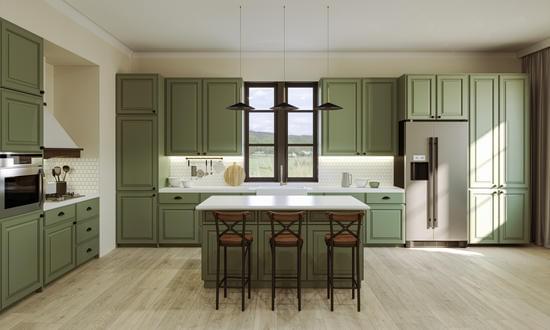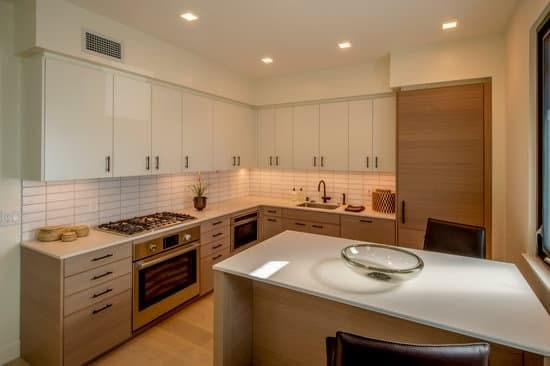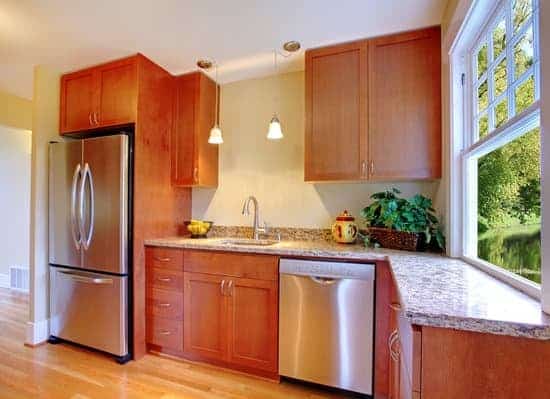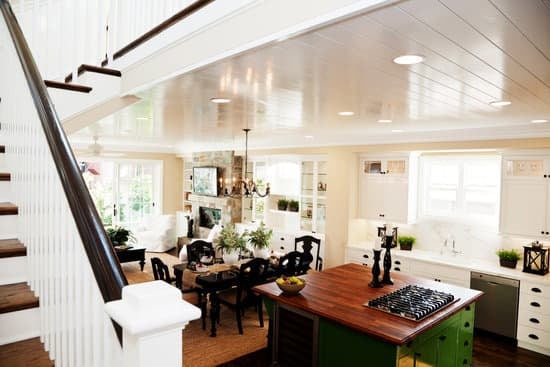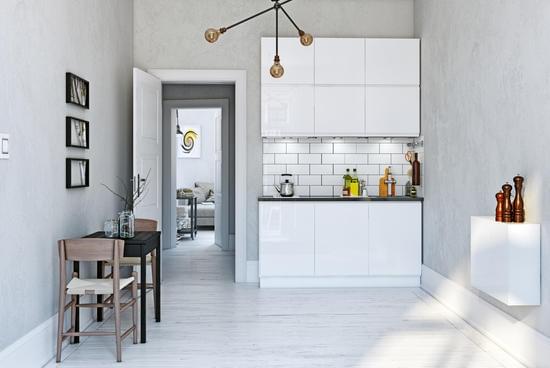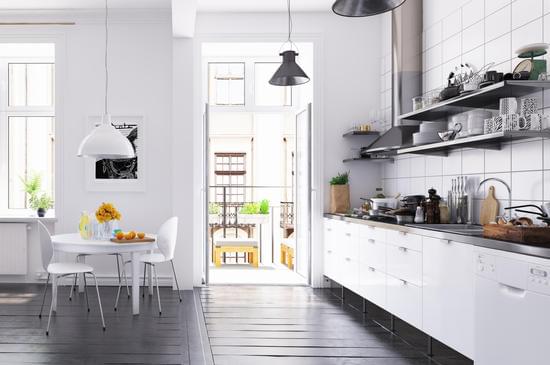Looking to maximize storage space in your kitchen? Adding shelves under your cabinets is a practical and efficient solution. With just a few tools and materials, you can create additional storage for dishes, cookware, or even spices. In this article, we will guide you through the process of adding shelves under kitchen cabinets step by step. So roll up your sleeves and get ready to organize your kitchen in a safe and effective way!
Assessing Your Storage Needs
You’ll need to assess your storage needs before adding shelves under your kitchen cabinets. Start by evaluating the available space in your kitchen and take measurements of the area underneath the cabinets. Consider how much storage you currently have and if it is sufficient for your needs. Look at what items you want to store and determine which organization strategies would work best for you. Think about whether you need more shelf space or if drawer dividers would be helpful for keeping smaller items organized. Keep in mind that safety is important, so make sure to choose sturdy shelves that can support the weight of your items without sagging or falling. By assessing your storage needs, you can create a functional and safe solution for adding shelves under your kitchen cabinets.
Gathering the Necessary Tools and Materials
First, gather all the necessary tools and materials to complete this project. Safety is important, so make sure you have protective goggles, gloves, and a mask. You’ll also need a tape measure, level, drill with various bits, screws, brackets or shelf supports, a saw or jigsaw for cutting the shelves to size if needed, and a screwdriver or power driver.
Choosing the right shelf materials is crucial. Opt for sturdy materials that can withstand the weight of your items. Plywood or melamine are good options as they are durable and easy to clean. Measure the space under your cabinets carefully to ensure the shelves will fit properly.
Once you have everything ready, it’s time to organize items on the new shelves. Group similar items together and consider using bins or baskets for better organization. Keep frequently used items within easy reach and label everything to make finding things easier.
Remember to take your time with this project and prioritize safety at all times.
Measuring and Marking the Placement of the Shelves
Once you’ve gathered all the necessary tools and materials, it’s time to measure and mark where the shelves will be placed. Here are four important steps to follow:
- Choosing the right shelf materials: It’s essential to select sturdy and durable materials that can handle the weight of your kitchen items. Opt for materials like solid wood or plywood that can withstand daily use.
- Determining the ideal height for your shelves: Consider the items you plan to store on the shelves and their accessibility. Measure the height of your tallest item and leave enough space above it for easy retrieval. This will ensure that your shelves are functional and practical.
- Using a level and measuring tape: Accurate measurements are crucial for ensuring that your shelves are straight and properly aligned. Use a measuring tape to mark where each shelf will be placed, making sure they’re evenly spaced.
- Marking with pencil or masking tape: Before drilling any holes, mark the placement of each shelf using a pencil or masking tape. This will help guide you during installation, ensuring precise positioning.
Remember to take safety precautions throughout this process, such as wearing safety goggles when using power tools and securing any loose clothing or hair to avoid accidents.
Installing the Shelf Brackets
To install the shelf brackets, begin by positioning them according to the marked placement on the wall. Make sure to choose the right shelf brackets that can support the weight of your shelves and kitchen items. Safety should be your priority, so ensure that the brackets are sturdy and durable. When placing the brackets, it’s important to maintain proper spacing between them. This will provide adequate support for your shelves and prevent any sagging or potential accidents. Measure and mark equal distances between each bracket to achieve a balanced look and optimal functionality. Remember to use a level to ensure that the brackets are straight before securing them tightly to the wall. Following these steps will help you install your shelf brackets correctly and create secure storage space under your kitchen cabinets.
Attaching and Securing the Shelves
Next, you’ll need to attach the shelves securely to the shelf brackets. Here are four important steps to ensure a safe and sturdy installation:
- Proper shelf height: Before attaching the shelves, make sure they are positioned at a suitable height for easy access. Consider your needs and the items you plan to store on them.
- Weight capacity of the shelves: It’s crucial to check the weight limit specified by the manufacturer for both the shelf brackets and shelves themselves. Overloading them can lead to accidents or damage.
- Use appropriate screws or fasteners: To secure the shelves onto the brackets, use screws or fasteners that are recommended by the manufacturer. Make sure they are long enough to provide sufficient support.
- Double-check stability: After attaching each shelf, give it a gentle shake to ensure it is stable and doesn’t wobble. This step is essential for preventing any potential accidents in your kitchen.
By following these steps, you’ll be able to securely attach and enjoy functional shelves under your kitchen cabinets while maintaining safety at all times.
Conclusion
In conclusion, adding shelves under your kitchen cabinets can greatly increase your storage space and make your kitchen more organized. By assessing your storage needs and gathering the necessary tools and materials, you can easily install shelves yourself. Measuring and marking the placement of the shelves is crucial for a proper fit, and installing shelf brackets will ensure stability. Finally, attaching and securing the shelves will give you a practical solution for storing items in your kitchen. So go ahead and get started on this simple yet effective DIY project!

